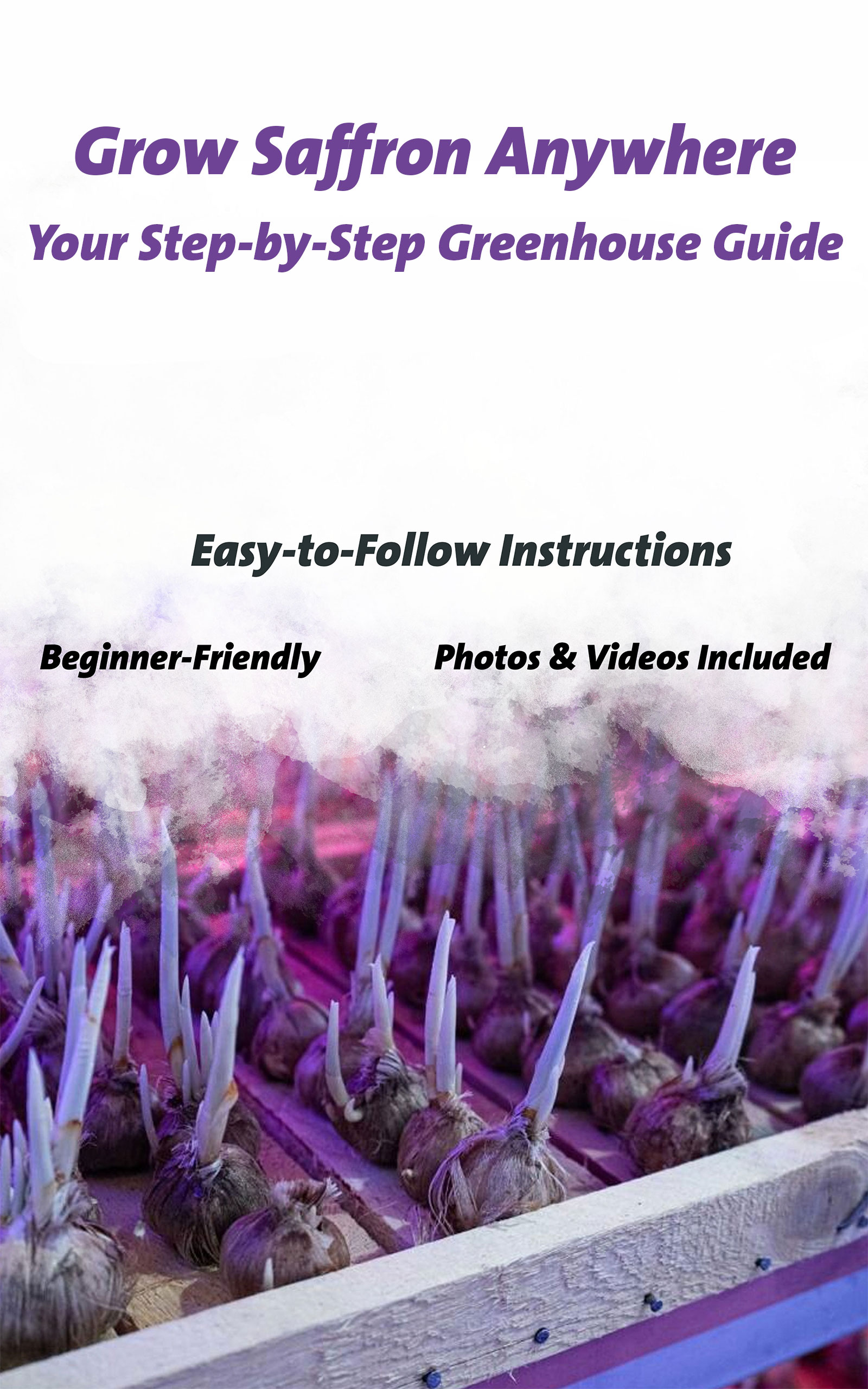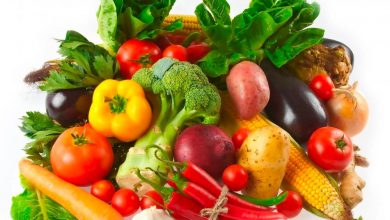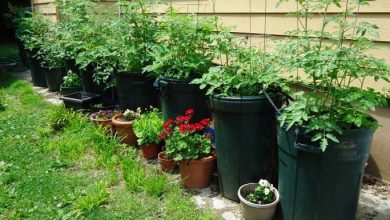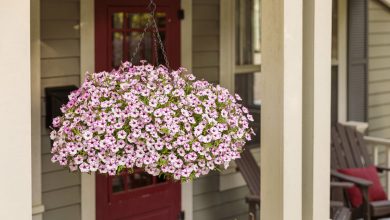Learn Indoor Saffron Farming | Step-by-Step
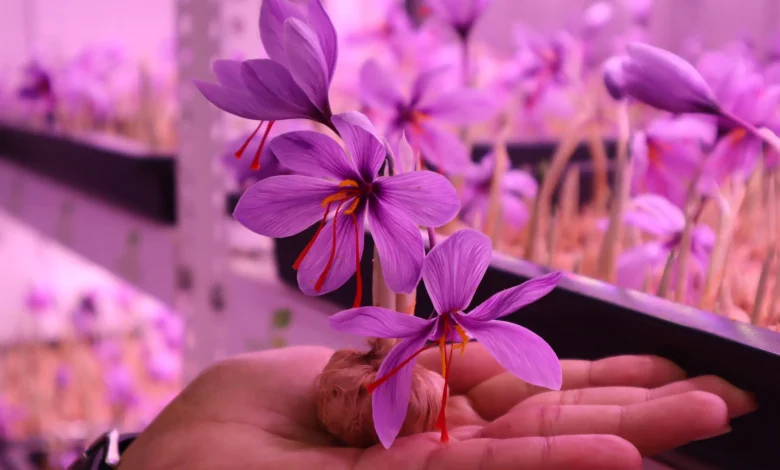
Your Guide to Growing Gold at Home
Dominate the lucrative world of saffron cultivation with indoor saffron farming, also known as saffron aeroponics! This revolutionary technique allows you to cultivate the world’s most expensive spice anywhere in the world, regardless of climate limitations.
What is Indoor Saffron Farming?
Indoor saffron farming, also known as saffron aeroponics, is a modern approach to cultivating saffron that bypasses the geographical restrictions and challenges of traditional methods. This innovative technique utilizes a controlled environment to grow saffron crocus, the plant that produces the precious saffron threads.
How Does Indoor Saffron Farming Work?
Saffron aeroponics suspends saffron corms (reduced stems) in a closed environment, misting them with a nutrient solution to stimulate growth. This eliminates the need for soil and allows for precise control over temperature, humidity, and other factors crucial for saffron cultivation.
Benefits of Indoor Saffron Farming:
- Grow Saffron Anywhere: Overcome geographical limitations and cultivate saffron anywhere in the world.
- Increased Yields: Achieve significantly higher saffron yields compared to traditional methods.
- Reduced Water Usage: Conserve water with aeroponic technology, making saffron cultivation more sustainable.
- Less Labor Intensive: No need for extensive land management or manual saffron extraction.
- Fewer Challenges: Mitigate risks associated with pests, diseases, and weather fluctuations.
Challenges of Indoor Saffron Farming:
- Initial Investment: Setting up an indoor saffron farming system requires an initial investment.
- Technical Knowledge: Understanding aeroponic principles and proper system maintenance is crucial.
Is Indoor Saffron Farming Profitable?
Absolutely! Saffron remains one of the most expensive spices globally, making indoor saffron farming a potentially lucrative venture. With high yields and minimal land requirements, this technique offers a promising return on investment.
For more in-depth information on the history, research, and future prospects of indoor saffron farming, explore our dedicated blog posts.
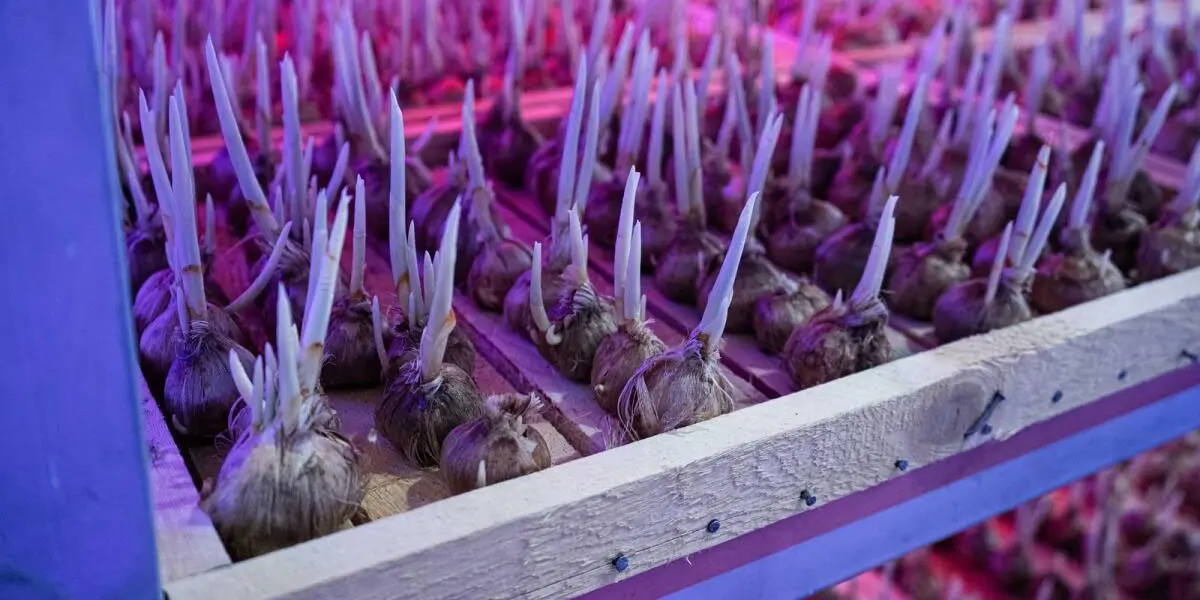
Saffron Aeroponics vs Traditional Saffron Farming: A Detailed Comparison
Considering the switch from traditional methods to indoor saffron farming? We’ve got you covered! This comprehensive guide explores the advantages and disadvantages of both techniques, helping you make an informed decision.
Learn Indoor Saffron Farming Techniques: From Beginner to Pro!
Unleash your inner saffron connoisseur with our extensive library of resources! We offer:
- Saffron Aeroponics Training Online: Master the art of indoor saffron farming with our comprehensive Ebook Training Saffron Planting In Greenhouse.
- Indoor Saffron Farming for Beginners Guide: Get started with a step-by-step guide that simplifies the aeroponic saffron cultivation process.
Advantages and Disadvantages of Indoor Saffron Farming:
Indoor saffron farming, also known as aeroponics, boasts numerous advantages. You can cultivate saffron anywhere, regardless of climate, and achieve significantly higher yields compared to traditional methods. It’s also less labor-intensive and minimizes challenges like pests and weather fluctuations. However, the initial investment for setting up the system can be high, and understanding aeroponic principles is crucial for successful operation.
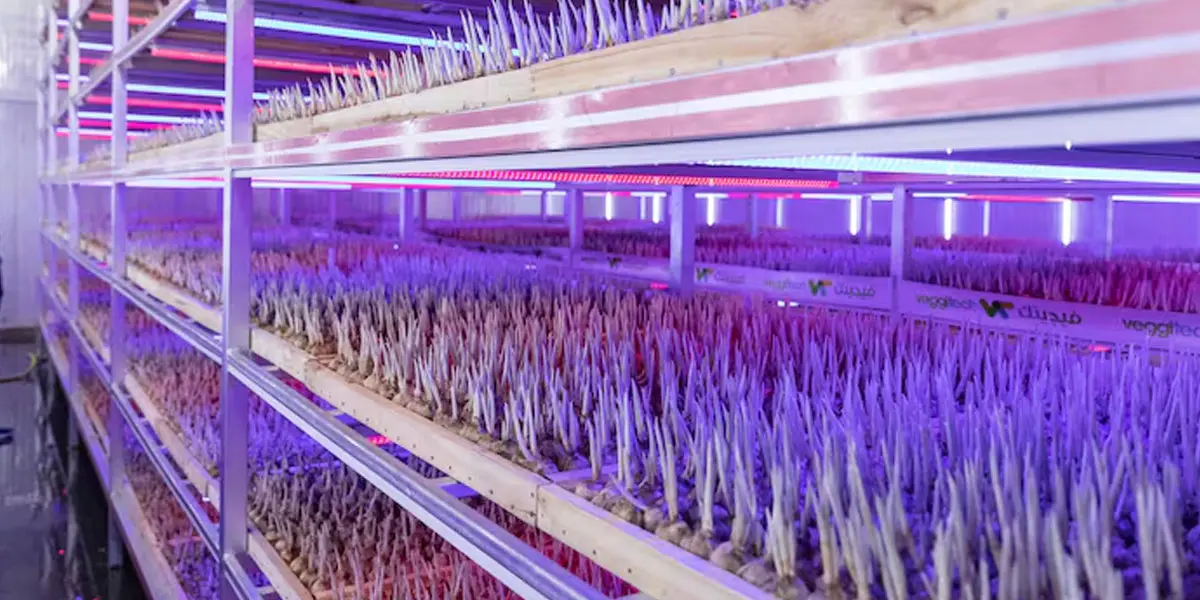
Aeroponics vs. Hydroponics for Saffron Cultivation:
Both aeroponics and hydroponics are soilless cultivation methods, but they differ in how plants receive nutrients. Aeroponics suspends plant roots in a mist environment, delivering nutrients directly through the air. Hydroponics, on the other hand, submerges roots in a water-based nutrient solution. While both can be used for saffron, aeroponics offers better aeration and potentially higher yields, making it a more suitable choice for this delicate crop.
Is Indoor Saffron Farming Better Than Traditional Methods?
While traditional methods have a rich history, indoor saffron farming offers several advantages. It overcomes geographical limitations, allowing cultivation anywhere. Precise control over environmental factors leads to higher yields and minimizes risks associated with pests and weather. Additionally, indoor farming requires less land and reduces water usage, making it a more sustainable option.
How to Grow Saffron indoors vs Outdoors:
Traditional saffron farming involves planting saffron corms in open fields, relying on natural elements. Indoor saffron farming, using aeroponics, suspends corms in a controlled environment. This allows for precise control over temperature, humidity, and nutrient delivery, optimizing growth conditions. While both methods require care, indoor farming offers a more predictable and potentially higher-yielding approach.
Traditional Saffron Farming Methods:
Traditional saffron farming has been practiced for centuries. It involves planting saffron corms in well-drained soil beds, typically in specific geographical regions with suitable climates. Farmers rely on natural rainfall and manage the crop manually throughout the growing season. This method requires significant land space and is vulnerable to weather fluctuations and pests.
Saffron Yield Comparison: Aeroponics vs Traditional:
Studies have shown that indoor saffron farming using aeroponics can produce significantly higher yields compared to traditional methods. The controlled environment and optimized nutrient delivery in aeroponics lead to better plant growth and flower production, translating to a higher quantity of precious saffron threads per harvest.
Converting Traditional Saffron Farm to Aeroponics:
Transitioning from traditional farming to indoor aeroponics requires careful planning and investment. The first step involves setting up a controlled environment with an aeroponic system. Farmers need to learn and implement aeroponic techniques for saffron cultivation. While initial costs exist, the potential for higher yields and reduced risks can make the switch to aeroponics a profitable decision in the long run.
